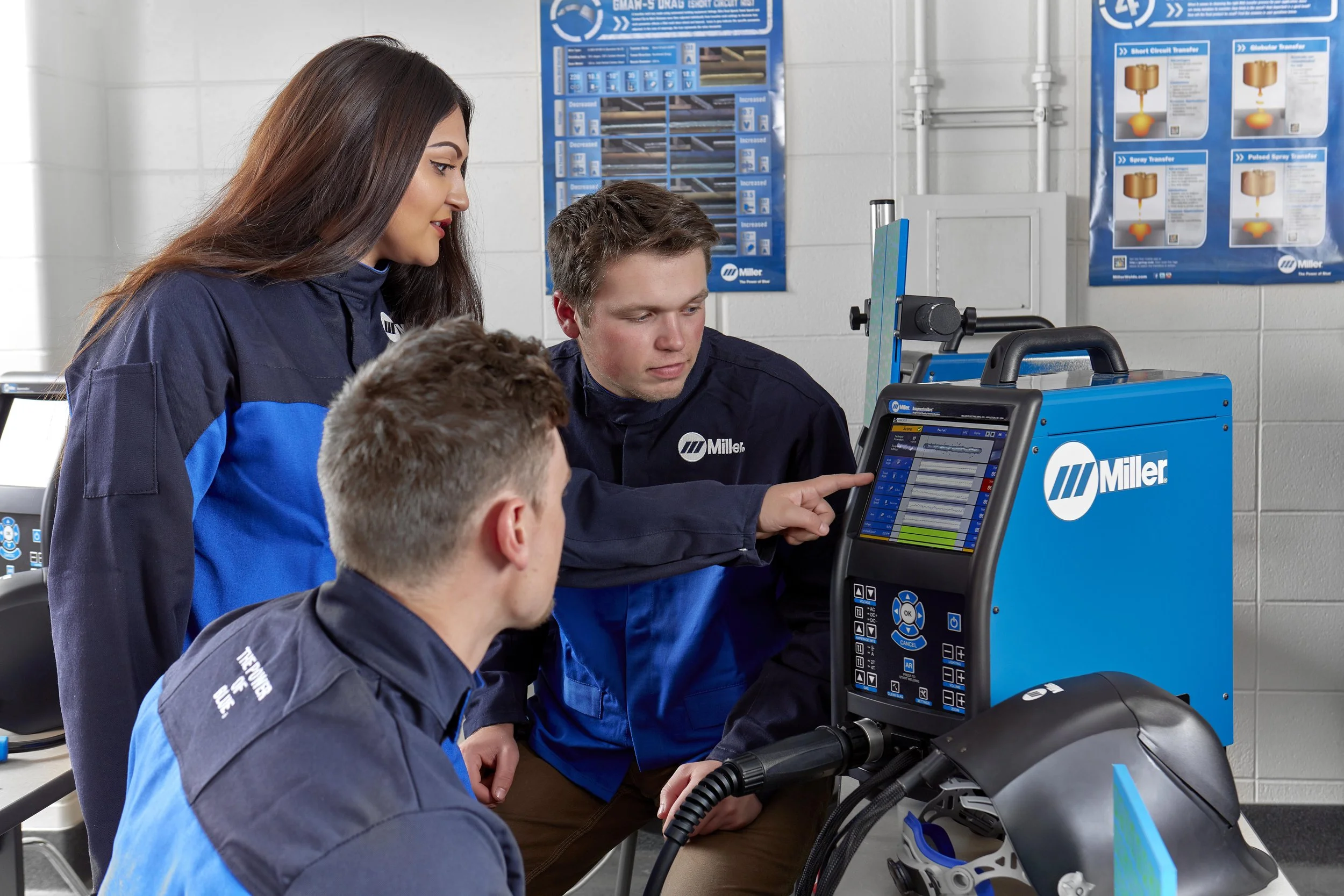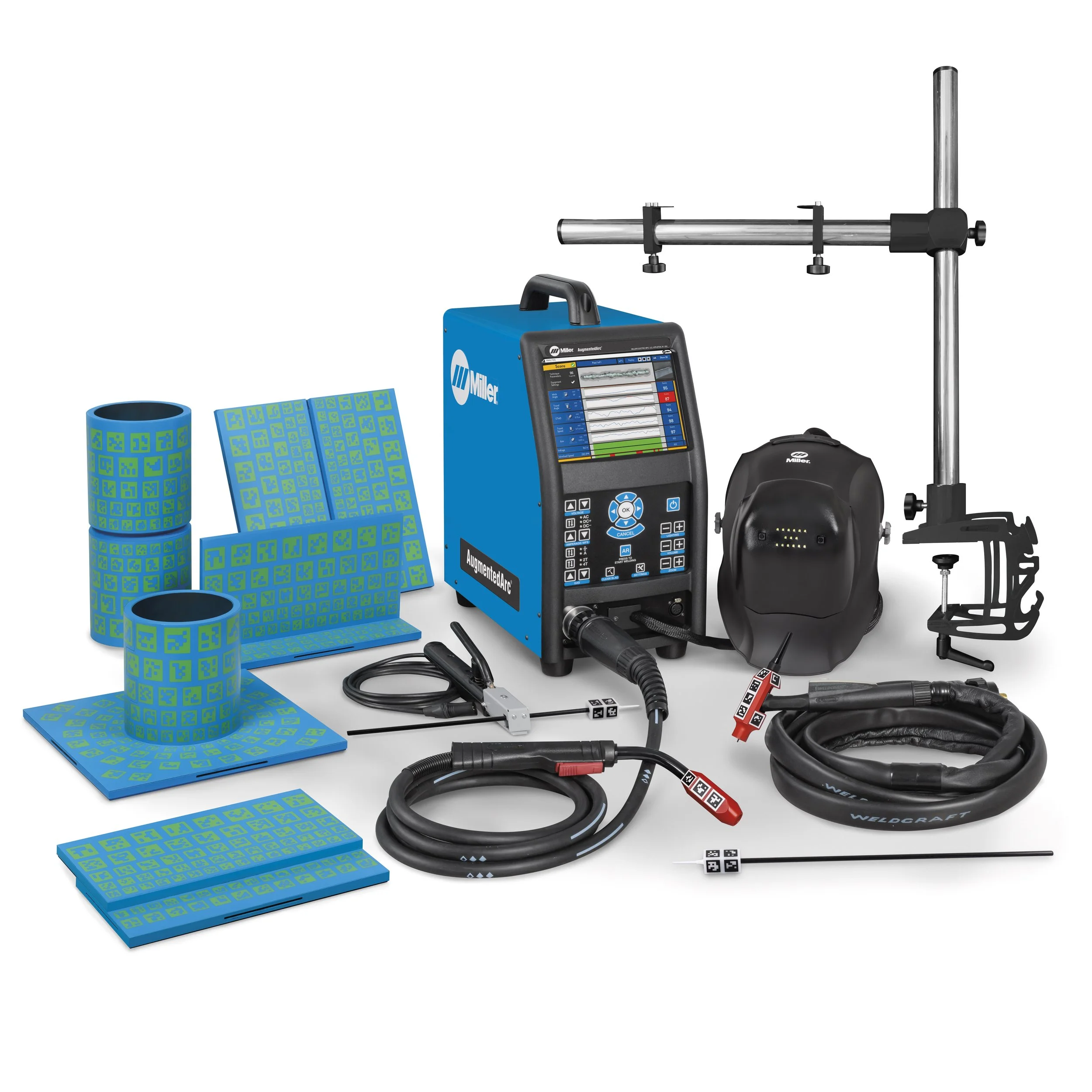Why Welding Matters for Every Student
Kim Brand, Founder & President
“When you get the hands involved, you get the brain for free!”
We want every student to experience the joy of learning. Many may already be curious learners through families, neighbors, clubs, or friends, but inspiring teachers remain the best place to begin when engaging students in lifelong learning.
Over the past five years, learning options for students have exploded—Artificial Intelligence (AI) in particular. Still, hands-on learning has become even more important for engagement, attainment, attendance, and mental health.
Welding skills offer significant educational and practical benefits for K-12 students that extend far beyond the workshop. Here's why schools should consider incorporating welding programs:
Career Preparation and Economic Opportunity
Welding provides a direct pathway to well-paying careers without requiring a four-year college degree. Skilled welders are in high demand across industries like construction, manufacturing, aerospace, and energy. Students gain marketable skills that can lead to immediate employment after graduation or serve as a foundation for further technical education.
STEM Integration
Welding incorporates science, technology, engineering, and mathematics concepts. Students learn about metallurgy, electrical circuits, geometry, and physics principles while working with their hands. This reinforces theoretical concepts and makes abstract ideas more concrete.
Problem-Solving and Critical Thinking
Welding projects require students to analyze problems, plan solutions, and adapt when things don't go as expected. They learn to troubleshoot, adjust techniques, and ensure structural integrity—valuable critical thinking skills applicable across disciplines.
Safety and Responsibility
Welding emphasizes safety protocols, protective equipment, and environmental awareness. Students develop a strong safety mindset and learn to follow procedures carefully—skills that transfer to many areas of life and work.
Creativity and Artistic Expression
Beyond industrial uses, welding enables artistic creation through sculpture and fabrication. This engages students who might not excel in traditional academics while developing spatial reasoning and design skills.
Confidence and Self-Efficacy
Completing welding projects builds confidence as students see tangible results from their efforts. The progression from basic joints to complex assemblies provides a sense of accomplishment that boosts overall academic engagement.
Schools implementing welding programs often find they help retain students who might otherwise disengage from education while preparing them for both college and career pathways.
Why is Welding Important?
Steel is one of the most widely used materials in the world—strong, versatile, recyclable, and nearly indestructible. It is essential in cars, skyscrapers, bridges, battleships, surgical instruments, and even body parts. Stainless steel resists rust, making it indispensable.
2023 global crude steel production was about 1.89 billion metric tons
About 50% is used for construction and infrastructure
Welders fabricate most steel products, making welding one of the most important skills for creating long-lasting, sturdy, and flexible structures.
Welders in Schools
For decades, Career Technical Education (CTE) programs have included welding for its clear career opportunities. Students can earn dual-credit, certifications, and workplace experience, leading to 90% graduation rates and above-average wages.
In 2022–2023, over 8,000 Indiana students participated in work-based learning experiences aligned to their CTE pathway. These programs take a year or longer and require costly equipment, specialized teachers, and dedicated facilities. Fewer than 20 welding programs currently exist in Indiana.
In contrast, the Augmented Reality (AR) Welders provided by 1st Maker Space require no consumable materials or specialized facilities. They are economical to rent, easy to use, and suitable for classrooms or libraries. Students as young as nine can experience realistic welding with authentic hoods, guns, and cables—without the exhaust, smoke, or sparks.
Welding education, whether through traditional programs or innovative AR welding tools, equips students with skills that are practical, creative, and future-focused. By combining technical knowledge with problem-solving, safety, and confidence-building experiences, schools can prepare learners for meaningful careers while keeping them engaged in their education. Investing in welding opportunities is not just about teaching a trade—it is about opening doors to lifelong learning, resilience, and success in a world that depends on makers and builders.



